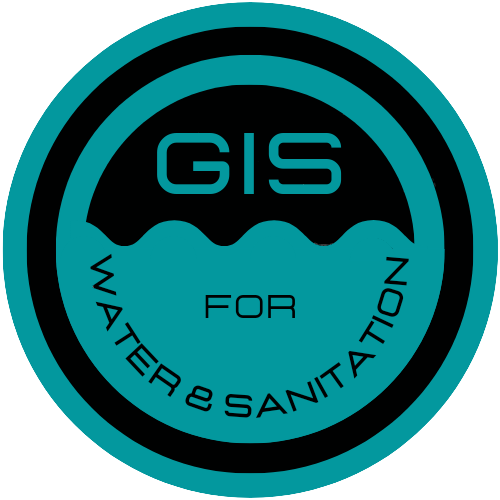The group of tools related to the hydraulic model is the one which will be used by specialized users in the management of hydraulic behaviors in the distribution or sanitation networks. In addition to knowing the use of the four tools that make up the group, the users should also be clear about the data that is necessary for the models to work properly.
Go 2 EPA
Allows to export and import hydraulic model of the network data.
This is the group's main tool for exporting the hydraulic model. Its goal is to obtain the
results of this model, by filling in the corresponding tables and views, so that they can be
automatically visualized in QGIS through a specific symbology.
Before using the tool, it is necessary to enter the mandatory data in the group tables of
EPANET (WS) or SWMM ( UD), depending on the type of project which we work with. The tool
has many similarities between both types, although there are parameters that are only specific
for one type or another.
results of this model, by filling in the corresponding tables and views, so that they can be
automatically visualized in QGIS through a specific symbology.
Before using the tool, it is necessary to enter the mandatory data in the group tables of
EPANET (WS) or SWMM ( UD), depending on the type of project which we work with. The tool
has many similarities between both types, although there are parameters that are only specific
for one type or another.
Result manager
Allows to manage the different results of carried out models.
Allows to manage the different results of carried out models.
The Result Manager tool allows the user to visualize the data of the different results of the
import and export processes of the hydraulic model.
import and export processes of the hydraulic model.
EPA Filter
Allows to choose the results to visualize in QGIS.
Allows to choose the results to visualize in QGIS.
This tool is used to establish which results of the hydraulic model will be displayed in QGIS at that moment. The data of the chosen result will be the ones that fill in the different views present in the project, so it will be possible to see results of old processes sectors, or specific scenarios.
One of the highlights of the information management regarding the hydraulic model that
Giswater does is the possibility of using data from two different results at the same time; one
of main and another that serves to compare and visualize the existing differences.
With this tool it is also possible to select the result with which the main one will be compared,
so that the dat a will appear in the comparison tables. These have the same style as the main
results therefore, it will be possible to play with both groups and compare results.
One of the highlights of the information management regarding the hydraulic model that
Giswater does is the possibility of using data from two different results at the same time; one
of main and another that serves to compare and visualize the existing differences.
With this tool it is also possible to select the result with which the main one will be compared,
so that the dat a will appear in the comparison tables. These have the same style as the main
results therefore, it will be possible to play with both groups and compare results.
VIDEO SHOWING HYDRAULIC MODEL user role for WATER SERVCE






